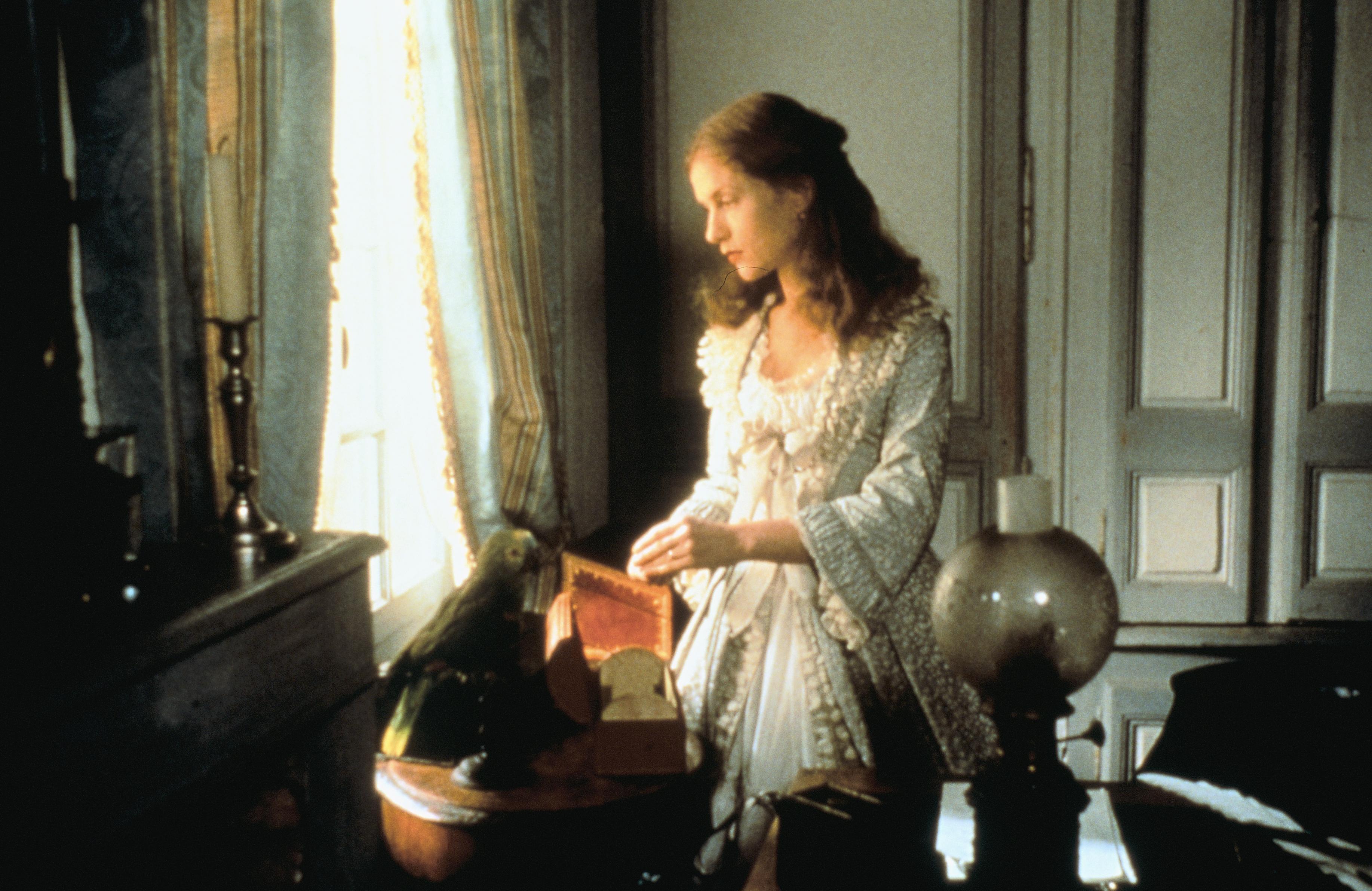

It comes after the chivalric epic with its codes of honour and courtly love, and after the religious epic, Paradise Lost, the Divine Comedy, religious dramas of the nature of the human soul in the mythic cosmology. The nineteenth-century novel, however much it criticises the bourgeoisie, is a bourgeois form that grew up with the prosperous middle classes who had time for reading, and were interested in precise discriminations of social relations and moral and immoral behaviour. Madame Bovary was published in 1856-7 and is at the centre of any discussion of the European realistic novel of bourgeois life - especially provincial life. If I have come to love it, it is because now I am half a century older, and not trapped in a house and kitchen, I can equably sympathise with the central person in the book, who is its author - endlessly inventive, observant, and full of life. Recently Madame Bovary appeared in a British newspaper listing of the 'fifty best romantic reads.' It was, and is, the least romantic book I have ever read.

The worst thing of all was that it was the books that were the most insidious poison. Madame Bovary opened a vision of meaninglessness and emptiness, which was all the more appalling because it was so full of things, clothes and furniture, rooms and gardens. I was afraid of being trapped in a house and a kitchen. I was like Emma Rouault before she became Madame Bovary, someone whose most intense life was in books, from which I had formed vague images of passion and adventure, love and weddings, marriage and children. I was au pair in the French provinces in the 1950s, and I read Madame Bovary in French, sitting in the furrow of a vineyard. I was a very young woman - not even eighteen. Reading Madame Bovary for the first time was one of the most terrifying experiences of my life - at least up to that point.


 0 kommentar(er)
0 kommentar(er)
